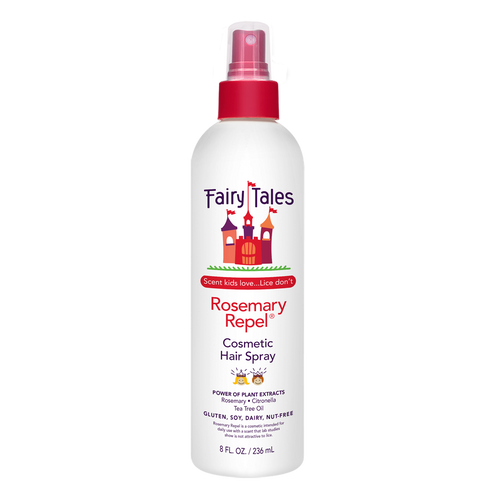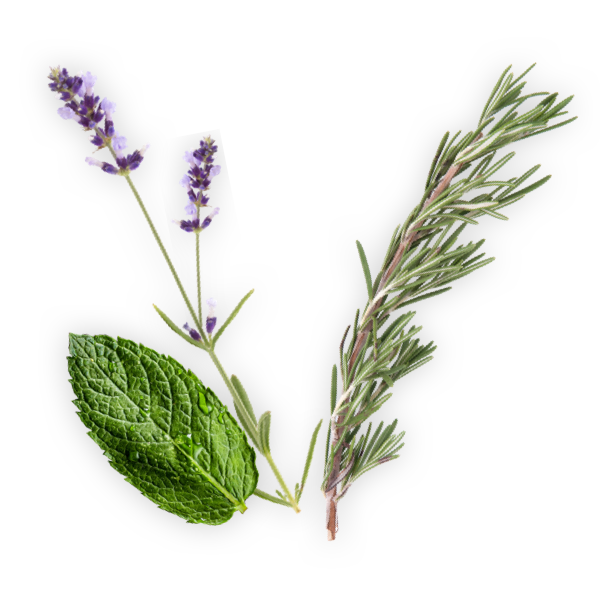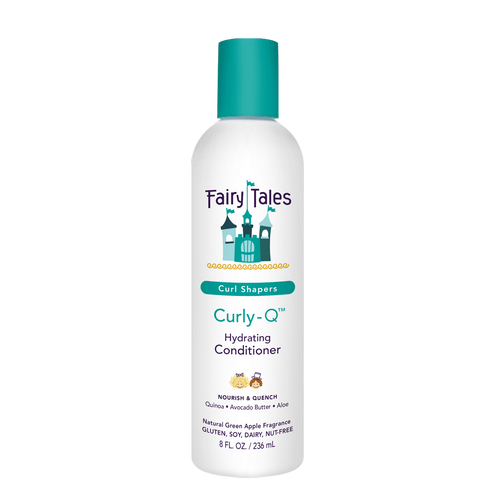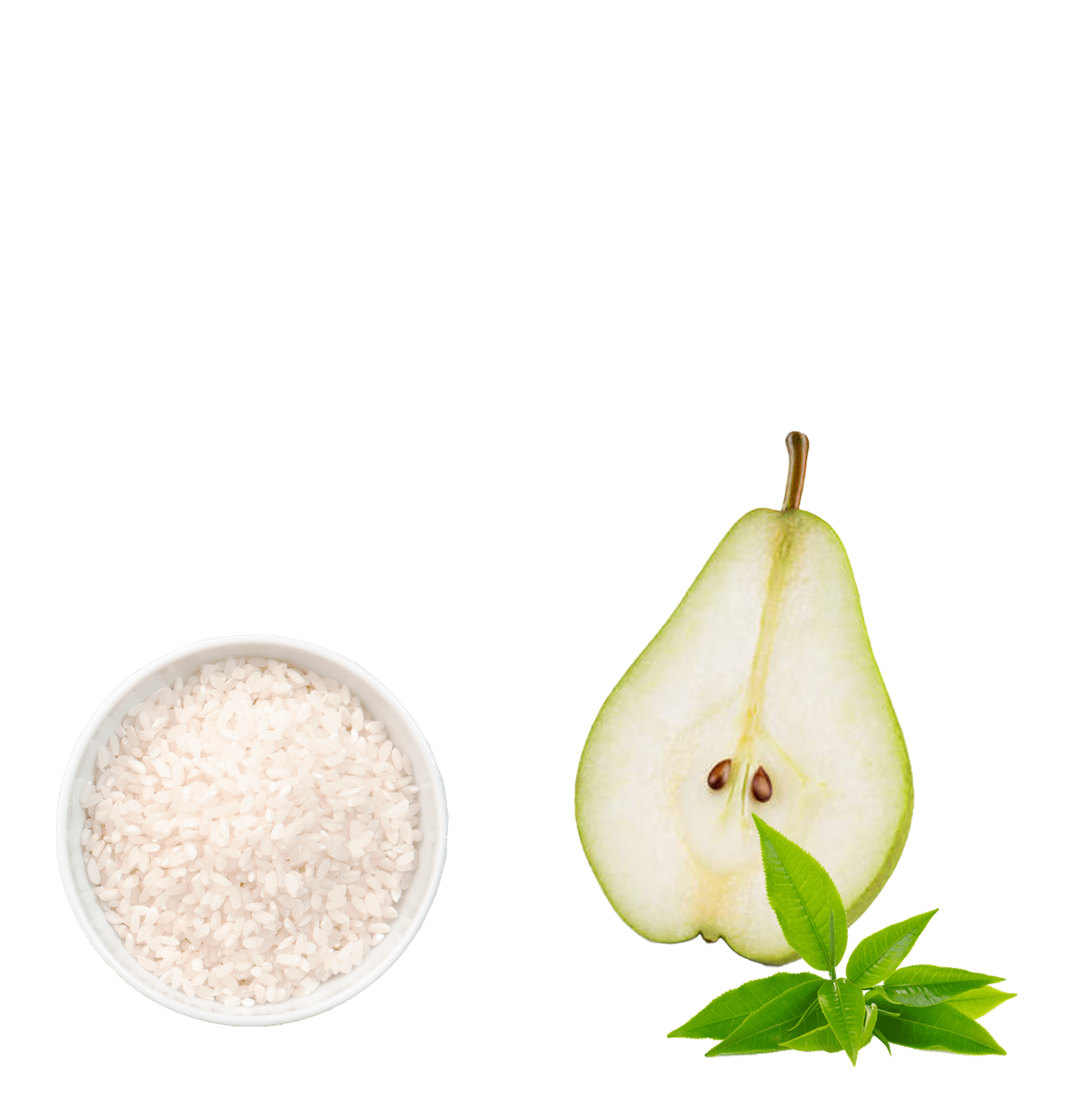Aug 03, 2021
An Ounce of Prevention


What Are the First Signs of Head Lice
With kids going back to school and participating in other close-contact activities, they’re absolutely susceptible to getting (and spreading) head lice. Remember to check your children every week for head lice. Not sure what you’re looking for? Here’s how to check for head lice and best ways to treat it.
Lice 101: Know the Signs and Symptoms
The most common symptom of head lice is itching. But sometimes an itchy scalp doesn’t mean your child has head lice. If you notice your child scratching their head more frequently, this may be a great time to check for other signs and symptoms. And since it may take a few weeks for itching to begin, your child may have head lice even if they’re not scratching. Here’s what else to look for:
Signs and Symptoms of Head Lice
- Itchy scalp and/or neck
- Red bumps and irritation on the scalp and neck
- Tickling or crawling sensation on the head
- Lice eggs or bugs on the scalp or “stuck” to the hair
- Difficulty sleeping (lice are most active at night)
- Seeing bugs on the hair, neck, shoulders and clothes
Lice 102: How to Check for Head Lice
Since head lice aren’t the only things that can cause itchy scalp, it’s important to know the proper way to check for head lice. Start by wetting your child’s hair. Using a small fine-toothed comb, part your child’s hair and shine a flashlight on their scalp. The water slows the lice down and the light helps you see them better. If your child has lice, you will see small brownish bugs moving around. You may also see nits (lice eggs) “stuck” to the hair. If you’re unsure if what you are seeing is lice or nits, try to comb them out – both lice and nits are difficult to comb out, whereas dirt is easily brushed free.
Lice 103: Natural vs. Chemical Treatments
While prevention is always better than treatment, sometimes the bugs beat you to your kids’ hair. In that case, you have two choices – natural lice treatments and chemical lice treatments.
Natural lice treatments include the nit comb. This method includes wetting the hair so that the lice and nits are more visible. Spray conditioner on the wet strands, then using a fine-toothed nit comb, comb through the hair slowly to remove nits and lice. This method requires patience, and you may have to do it a few times before all the bugs are gone.
Another natural lice treatment involves smothering the lice or “suffocating” them with olive oil or almond oil. Coat the hair with either oil; separate the hair into sections as you go to ensure you’ve coated the hair well. Once done, wash your child’s hair with regular shampoo, then rinse, and repeat if necessary. Wash the comb and towels used well afterwards. Do this daily for one week. Check your child’s hair every night with a comb for two weeks to make sure the lice are gone.
Chemical treatments for lice include over-the-counter products you can apply to your child’s hair at home by following the instructions on the packaging. Remember to try only one product at a time. Regardless of treatment style, it’s important to continue to check your child’s hair for nits and lice daily with a comb for 2-3 weeks following treatment.
Fairy Tales Hair Care has a complete line of lice prevention products and lice treatment just for kids! Since prevention is your first line of defense, use our Rosemary Repel shampoo, conditioner and daily spray to ward off lice and their eggs. If your child already has lice, zap them in their tracks with our Lice Good-Bye treatment kit complete with a lice comb delivered right to your front door.
xx

Risa Barash,
Founder & Owner of the entire Fairy Tales Hair Care Family





